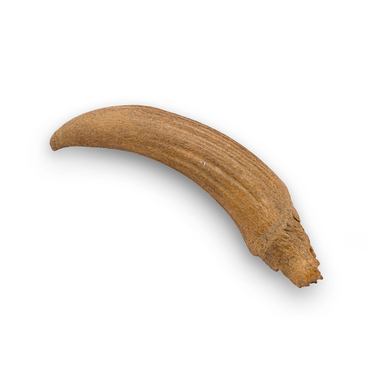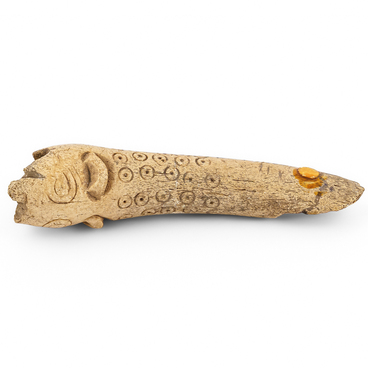A significant tool in the lives of early humans was the burin. The earliest examples of this tool date back to the Acheulean culture, which formed approximately 800,000 years ago. However, it was not until the Late Paleolithic period that these artifacts became widespread.
The Upper Paleolithic was a time of major transformation in the lives of early humans. During the final stages of the Acheulean era, Homo sapiens emerged. Modern humans began to explore the entire planet extensively, as evidenced by numerous archaeological sites that have been discovered. Many of these sites were multi-layered, comprising complex structures such as dwellings, fireplaces, storage pits, stone workshops, and even burials.
Sites became the habitat for large groups of humans. In scientific literature, they are often referred to as kinship communities. Archaeological and genetic data suggest the emergence of familial relationships based on avoidance of incestuous relationships. Cro-Magnons (European early modern humans) had the ability to talk and reason. They developed the first religious systems and myths, as well as various artistic movements, such as cave paintings, sculptures, and ornaments.
There were several notable developments in the stone tool industry during the Upper Paleolithic period. First, the prismatic method, which aimed to produce thin and elegant blades, became more prevalent. Second, the range of available stone tools increased. By the late Upper Paleolithic, there were over 100 different types of tools in use. Third, composite tools were developed. To create these, for the very first time, ancient humans began to produce and utilize micro-tools. Fourth, fundamentally new methods for processing hard materials emerged, such as drilling, sawing, and grinding. Finally, the traditional stone inventory was improved. This also impacted the burin.








